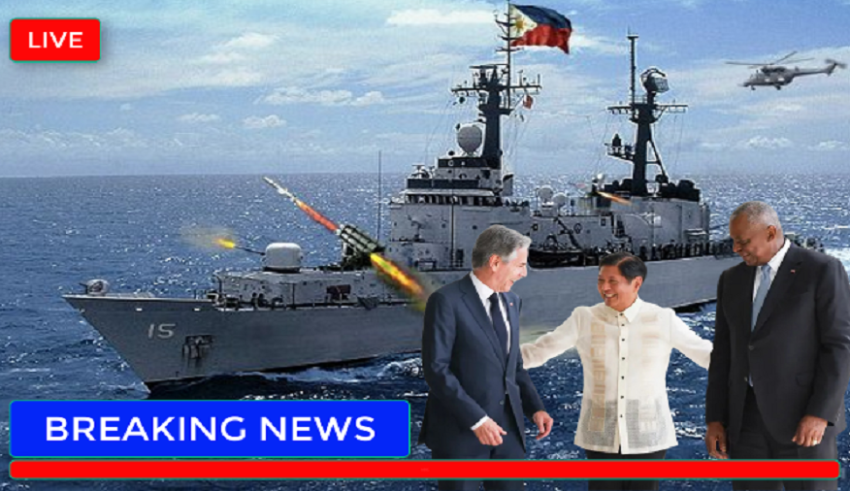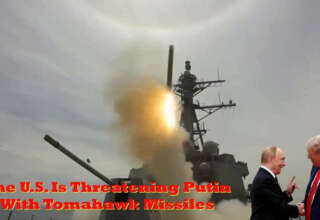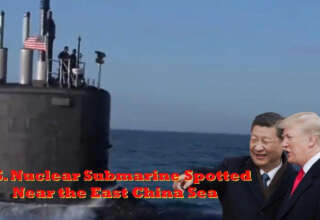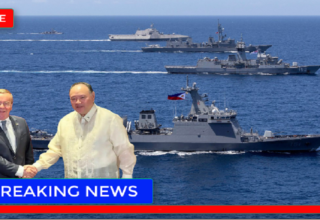
US Secretary of State Antony Blinken and Defense Secretary Lloyd Austin arrived in Manila on Tuesday for talks on regional security with their Philippine counterparts and to announce a $500 million military aid package. This assistance comes as the Philippines faces escalating tensions with China over territorial disputes in the South China Sea.
Experts noted that the high-profile visit and substantial military funding highlight the critical nature of the US-Philippine alliance and the South China Sea’s importance to US economic and security interests.
During their annual Ministerial Dialogue at Camp Aguinaldo, Blinken and Austin met with Philippine Secretary of Foreign Affairs Enrique Manalo and Secretary of National Defense Gilberto Teodoro. They covered a range of security issues and unveiled a new military funding package for the Philippines.
Blinken described the funding as a “once-in-a-generation investment” aimed at modernizing the Philippine military and coastguard. He announced, “We’re allocating an additional $500 million in foreign military financing to enhance security cooperation with our oldest treaty ally in the region.”
Austin emphasized the unprecedented nature of this funding, saying, “This level of funding is unprecedented and signals strong support from the Biden-Harris administration, the US Congress, and the American people.”
The funding includes approximately $125 million for the construction and improvement of Philippine military bases where US troops are stationed under the Enhanced Defense Cooperation Agreement.
Edmund Tayao, president and CEO of the Political Economic Elemental Researchers and Strategists think tank, described the visit as a clear demonstration of Washington’s commitment to Manila. “This visit is the latest in a series of high-profile engagements by US officials. It’s a strong statement of support, which would only be surpassed by US intervention in the event of actual aggression,” Tayao told This Week in Asia.
However, Tayao also cautioned that the increased funding could further escalate tensions with Beijing. “China is certainly watching every move closely. We might see a further narrowing of options that edge closer to violence,” he warned.
The South China Sea dispute between Manila and Beijing has intensified recently, with a notable clash on June 17 between the Philippine navy and the Chinese coastguard at the disputed Second Thomas Shoal, resulting in injuries to several Filipino sailors.
The Philippines and the US are bound by the 1951 Mutual Defense Treaty, which obligates both nations to support each other in the event of external aggression. At the press briefing, Blinken reaffirmed the US commitment to the treaty, emphasizing that it covers a wide range of scenarios, including attacks on Philippine military forces, public vessels, or aircraft in the South China Sea.
Before their meetings with their counterparts, Blinken and Austin had a session with President Ferdinand Marcos Jr., who has adopted a more confrontational stance on territorial disputes with China and has significantly strengthened security ties with Washington since taking office two years ago.
Blinken characterized this year’s ministerial dialogue as “historic,” noting that it marks the first time the Philippines has hosted the event. “This is evidence of a steady drumbeat of high-level engagements covering security, economic, and other shared interests. We’re truly grateful for this partnership,” Blinken concluded.
Matteo Piasentini, a security analyst specializing in China and the Indo-Pacific at the Italian think tank Geopolitica, highlighted that Blinken and Austin’s visit was crucial for reinforcing the US-Philippine partnership beyond just addressing tensions with Beijing.
“Beyond the South China Sea issue, the Philippines also needs US support for bolstering its economy and energy security. Additionally, there is an intelligence-sharing agreement that must be addressed at the highest levels,” Piasentini told This Week in Asia.
Blinken and Austin’s visit to Manila is part of an 11-day tour across Asia, which also includes stops in Japan, Singapore, and Vietnam—countries that have recently strengthened their security relationships with the Philippines.
Some analysts believe the US may be subtly orchestrating these security arrangements to form a coalition centered around the Philippines to counter China’s regional influence. Others suggest that Manila is actively seeking these alliances due to doubts about Washington’s commitment.
Piasentini noted that while exploring other security arrangements could be beneficial in the long run, it makes practical sense for Manila to focus heavily on US military support and funding. Given the established relationship, US assistance is the most immediate and effective option for enhancing the Philippines’ deterrence capabilities.
“While considering offers from other countries may be advantageous in the future, for now, US support is the most reliable option available to Manila,” Piasentini said.







